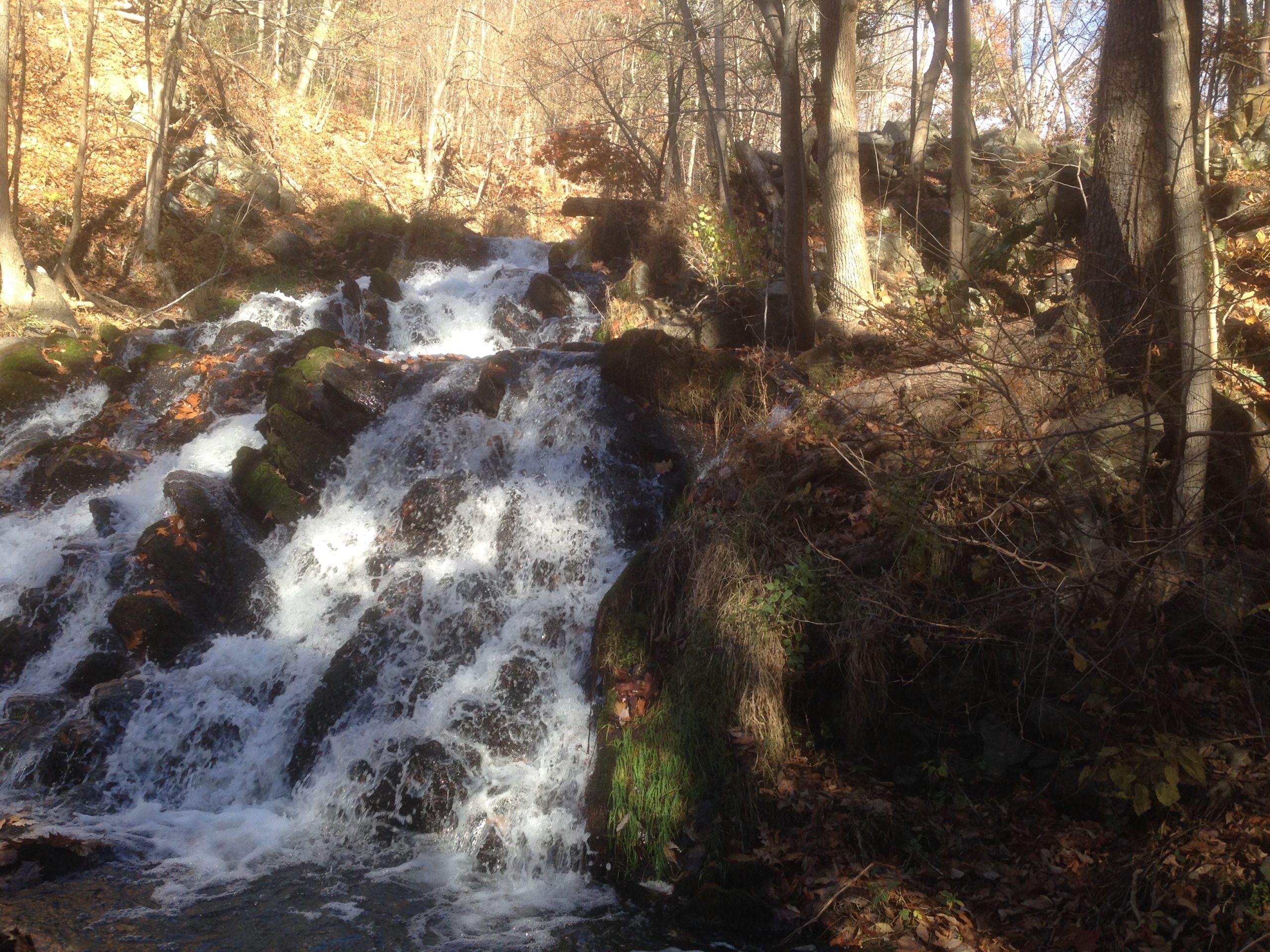Dam-free Micro-Hydro is a new concept, both as a powerful solution to reversing global warming in Project Drawdown (a subset of the category ‘small hydropower’)…and also new on our website. So far, we’ve spoken about historic dams and the existing infrastructure, impoundments and various environmental, ecological and water quality impacts related to them.
Prior Stages of the Saw Kill Project
The project kicked off in late 2016 with identifying specific stakeholders associated with State and local resource agencies to form a project advisory group to obtain feedback on various aspects of the project. This website was started to inform and engage the public and all other interested stakeholders in the micro-hydropower process.
This website contains reports and information for dam owners and interested parties to evaluate the possibility and learn about the complexity of converting a non-powered existing dam into a micro hydropower project. Over the years, additional information in the form of blog posts about Bard’s on-campus projects has been added and continuously updated.
The Lower Saw Kill Dam and the Annandale Dam, both located on Bard’s campus, have been assessed and evaluated from an ecological, engineering, and water quality perspective. Based on these assessments, a leadership team decided to choose the Annandale Dam as the demonstration project for micro-hydropower in New York State. For the Lower Saw Kill Dam, Bard College assessed the feasibility of dam removal with the support of a grant provided by the NYS DEC Hudson River Estuary Program. [1]

Source: Signage at Lower Saw Kill Dam Impoundment, 2016
The federal permitting procedure for the Annandale Micro Hydropower Project involves multiple public comment periods and a fully transparent process that anyone can follow via the FERC’s eLibrary under Docket P-15021. The final application has been submitted to the FERC in July 2020 and is currently under review.
Three reports and associated blog posts were published in 2019 to help dam owners understand how a micro hydropower project can generate revenue. These reports focus on the financial and organizational, as well as legal aspects of simple customer-sited, net-metered projects (Ownership Model); of selling or buying hydroelectricity using a Power Purchase Agreement (PPA Model); and of establishing and selling energy via the Community Distributed Generation program (CDG Model).
Many different voices have been heard and cataloged since the start of the project. Some people are in support of using historic dams to fight climate change; others have very specific concerns regarding water quality, habitat and ecology, flooding, and aesthetics. Most of these “anti-dam” concerns don’t apply to Dam-Free Hydropower.
Motivation to evaluate other options
More than 6,600 dam structures spread across New York State; their structural and environmental problems have mainly gone unattended. Not all of these dams are viable candidates for micro-hydropower. Many of them are candidates for removal, reasons for which can include flooding issues, the structural integrity, and safety of the dam and barrier mitigation efforts for local and migratory species. But even if the dam is in good condition, its impoundment can create different water quality problems, ranging from impacts related to increased algae bloom and invasives, to increased water temperatures and reduced dissolved oxygen levels. Despite these issues, some dams are unlikely ever to be removed as they still provide recreational, aesthetic, or other appreciated functions.
In many instances, dams that are good candidates for removal are automatically bad candidates for hydropower installation (hazard classification, conditions, or certain environmental concerns). The dams that are viable candidates for micro-hydropower usually come with at least one of the issues mentioned before. In those cases, the benefit of additional renewable energy generation might simply outweigh the other concerns (dam condition, additional fish passage, or specific environmental issues). Smart, environmentally-conscious designs minimize ecological impacts on stream habitat and the riverine environment. This approach opens up thousands of dams across New York State, to significantly reduce the need for coal, gas, and nuclear power generation and evade their environmental impacts and the impacts of associated mining efforts for fossil fuels and transportation.
Dam-free Solution and Objective
There is an alternative to upgrading existing dams to generate hydroelectricity: dam-free micro-hydro. The concept is based on the most fundamental requirements of hydropower generation in that all that is needed to generate hydroelectric energy is an elevation change and sufficient water flow. Dam-free hydropower can offer the benefit of renewable energy generation in a run-of-river setting, without most of the risks and concerns associated with dams.
Our study assessed the potential to develop micro hydropower at dam removal locations or where a dam doesn’t exist. Dam-free micro hydropower diverts water through a penstock above a natural riverine drop in elevation rather than leveraging a human-made barrier. We analyzed the technical and financial viability of a dam-free approach to micro hydropower on the Lower Saw Kill, and will be publishing blog posts describing the project location of the Lower Saw Kill and its history, as well as summarize the concerns and potential environmental impacts associated with micro-hydropower installation at the Lower Saw Kill Dam.

We will present in the upcoming blog posts a description of the general dam-free micro-hydropower concept, requirements, and limitations and present the feasibility of a Lower Saw Kill specific dam-free micro hydropower design. And as always with hydropower, we will have to talk about regulation and permitting.
Lots to come. So continue reading about The Lower Saw Kill Setting
[1] Due to historic importance of the impoundment created by the dam and known as “the Lake” the NYS State Historic Preservation Office and other historic preservation stakeholders determined that the dam should not be removed.


2 Responses
[…] but significantly different elevation changes and settings. If you haven’t, read about the Motivation and Objectives of this […]
[…] dams located across New York State. With this blog post series and the assessment behind it, we are exploring the feasibility of generating electricity using natural elevation changes without a human-made barrier to local and migratory species: dam-free […]